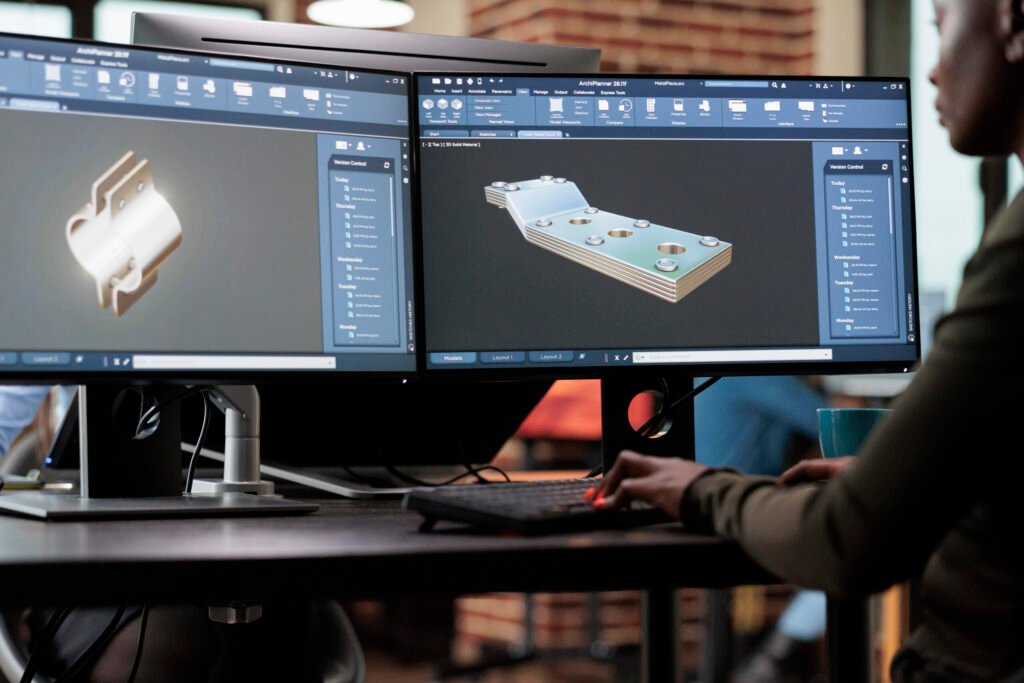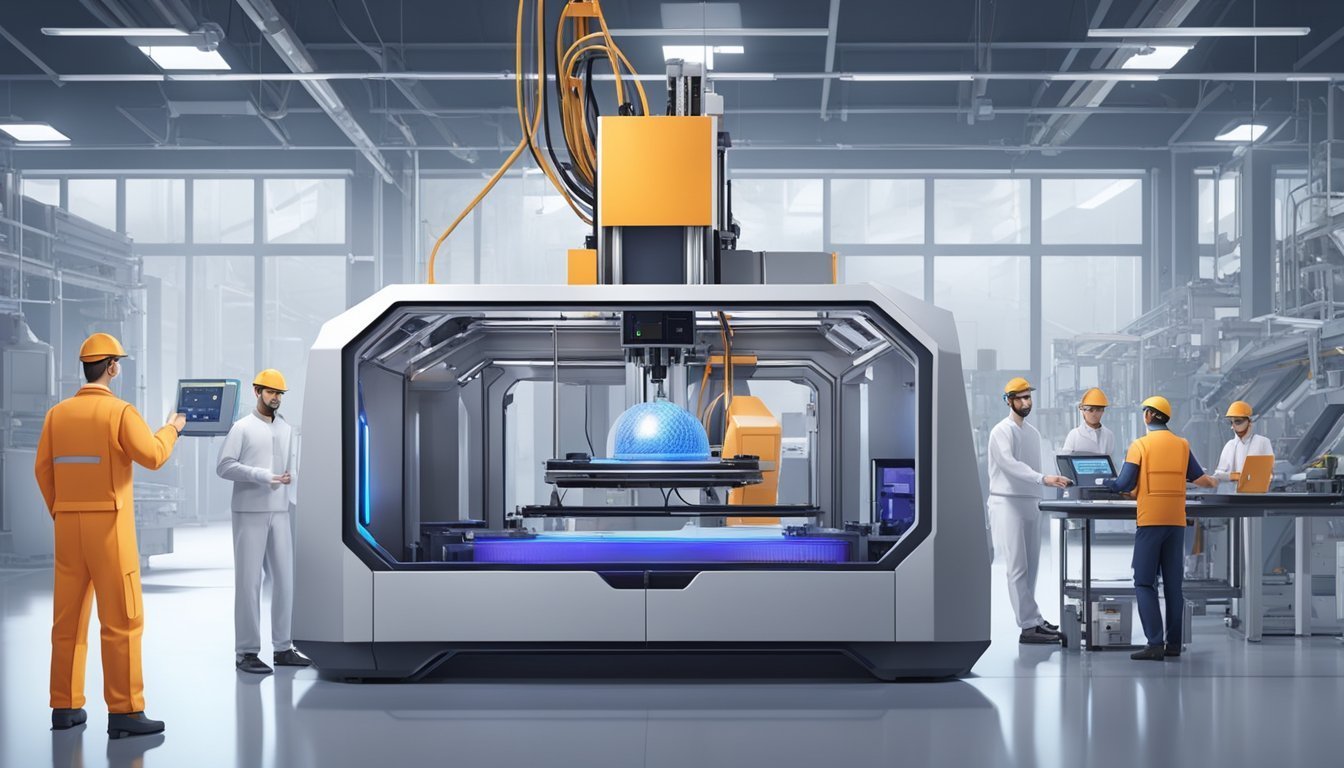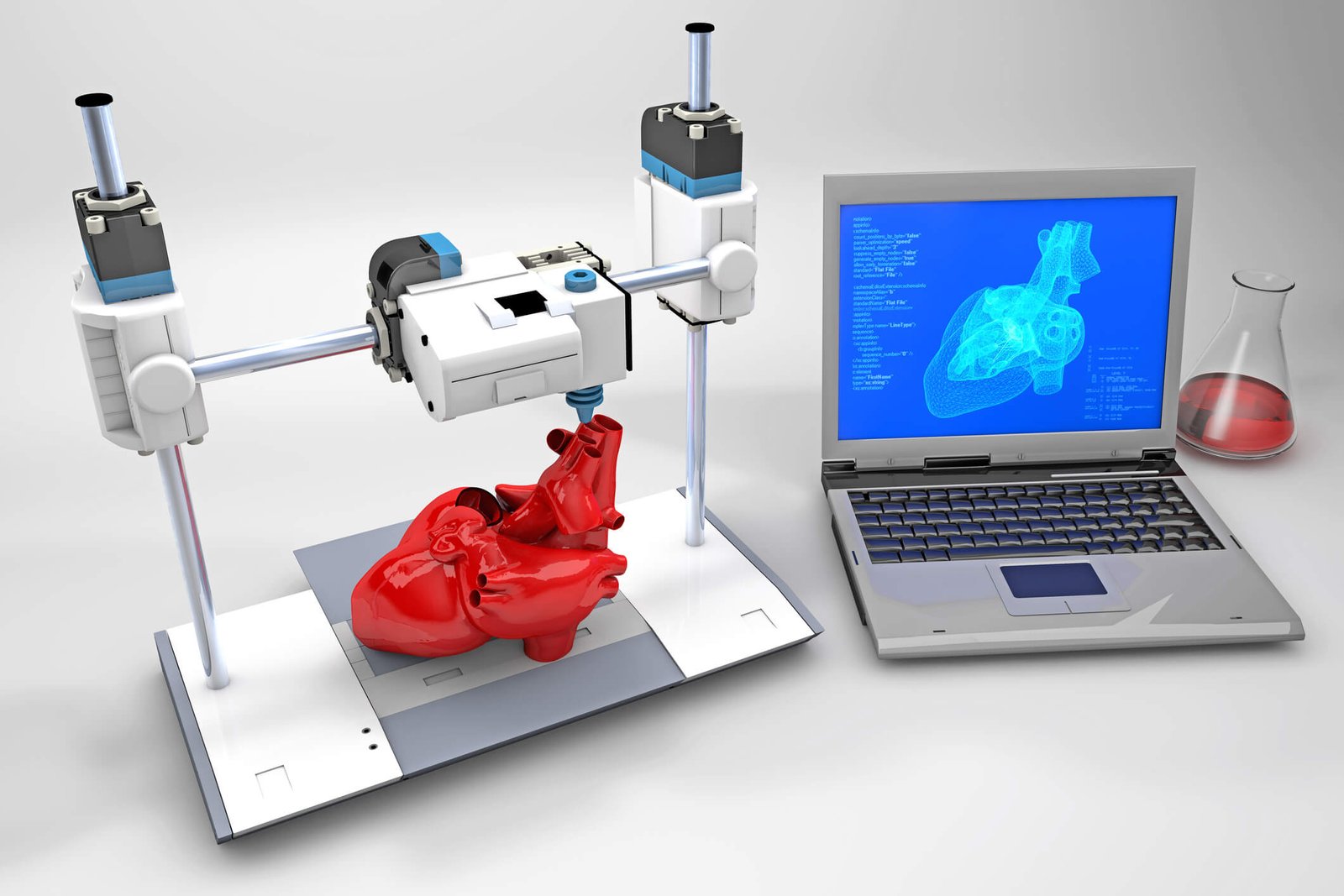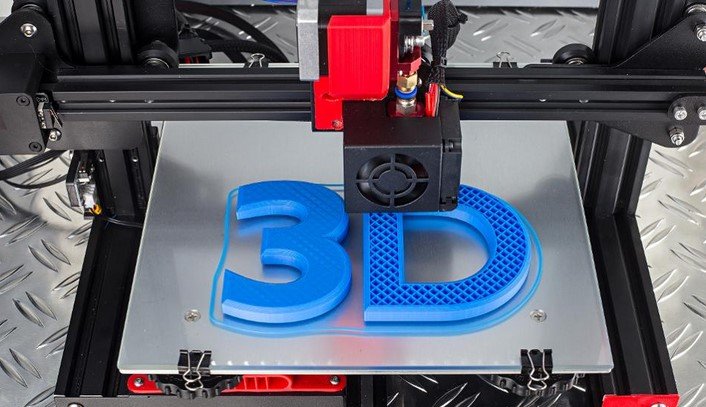3D technology is rapidly transforming the way products are made. How 3D technology is revolutionizing manufacturing is a question many businesses are asking as they look for ways to stay competitive. In this article, we’ll explore how this cutting-edge technology is changing the production process and why it’s becoming so important in industries around the world.
1. Faster Prototyping
One of the main ways in which 3D technology is revolutionizing manufacturing is through faster prototyping. In the past, creating a prototype for a product could take weeks or even months. With 3D printing, manufacturers can design and print a prototype in a matter of hours. This speed allows companies to test their ideas more quickly and make changes before mass production begins.
By speeding up the prototyping process, businesses can reduce the time to market and improve their products. For example, engineers can quickly test a new design and make adjustments based on feedback. This has been especially useful in industries like automotive and aerospace, where product testing and design are critical.
2. Reducing Waste
Another important way how 3D technology is revolutionizing manufacturing is by reducing material waste. Traditional manufacturing methods often involve cutting away large amounts of material to create a product. However, 3D printing uses only the exact amount of material needed to create the item, reducing waste and saving money.
This is especially important for industries that use expensive materials, such as aerospace and healthcare. By minimizing waste, companies can lower their production costs and improve their sustainability efforts. Additionally, 3D technology allows for the use of recycled materials, which further reduces environmental impact.

3. Customization and Personalization
How 3D technology is revolutionizing manufacturing also lies in its ability to create customized and personalized products. With traditional methods, mass production often means that items are made in standard sizes and designs. However, 3D printing allows for a high level of customization. Companies can now create products tailored to the specific needs and preferences of individual customers.
For example, in the healthcare industry, doctors can use 3D printing to create custom prosthetics and implants for patients. In fashion, designers can create unique clothing and accessories that are personalized to fit the customer’s exact measurements. This level of customization was not possible with traditional manufacturing methods and is opening up new opportunities for businesses and consumers alike.
4. Reducing Costs and Increasing Efficiency
One of the biggest benefits of how 3D technology is revolutionizing manufacturing is its ability to lower production costs. Traditional manufacturing processes often require expensive molds and tools, which can be time-consuming and costly to produce. However, 3D printing eliminates the need for these tools, making it more affordable to produce small quantities of items.
Additionally, 3D technology allows for more efficient production. With 3D printing, manufacturers can print parts on-demand, reducing the need for large inventories and storage space. This also means that products can be made closer to the customer, reducing shipping costs and delivery times. In industries like automotive and electronics, where speed and cost are crucial, 3D printing is changing the game.
5. Complex Designs Made Possible
Another way how 3D technology is revolutionizing manufacturing is by enabling the creation of more complex designs. Traditional manufacturing methods are limited by the tools and machinery used to create a product. However, 3D printing allows for the production of intricate, detailed designs that would be difficult or impossible to create using traditional methods.
For example, in the aerospace industry, 3D printing can be used to create lightweight yet strong parts that were previously impossible to manufacture. This ability to produce complex designs opens up new possibilities for innovation across many industries, including healthcare, architecture, and automotive.
6. On-Demand Production
How 3D technology is revolutionizing manufacturing can also be seen in the shift toward on-demand production. Instead of creating large batches of products, companies can now print only what they need, when they need it. This reduces the risk of overproduction and helps manufacturers respond more quickly to changes in demand.
For example, if a company sees an increase in demand for a particular product, they can print more units to meet the need without waiting for traditional manufacturing processes to catch up. This flexibility allows businesses to be more responsive and adapt to market changes faster than ever before.
7. Supply Chain Innovation
Finally, how 3D technology is revolutionizing manufacturing extends to supply chain innovation. With 3D printing, manufacturers can produce parts and products locally, reducing the reliance on global supply chains. This is especially beneficial in situations where supply chains are disrupted, as seen during the COVID-19 pandemic.
By using 3D printing, companies can create spare parts on-demand, reducing lead times and minimizing the need for large inventories. This is especially useful in industries like automotive and aerospace, where parts can be expensive and hard to find. With 3D printing, companies can produce these parts quickly and at a lower cost, improving the overall efficiency of the supply chain.
Conclusion
In conclusion, how 3D technology is revolutionizing manufacturing is clear. From faster prototyping and reduced waste to greater customization and cost savings, 3D printing is changing the way products are made. By enabling companies to produce more complex designs, respond quickly to market changes, and innovate their supply chains, 3D technology is opening up new possibilities for industries worldwide.
As 3D printing continues to evolve, its impact on manufacturing will only grow. Businesses that embrace this technology will be better equipped to stay competitive, reduce costs, and meet the changing demands of customers. The future of manufacturing is here, and 3D printing is leading the way.




